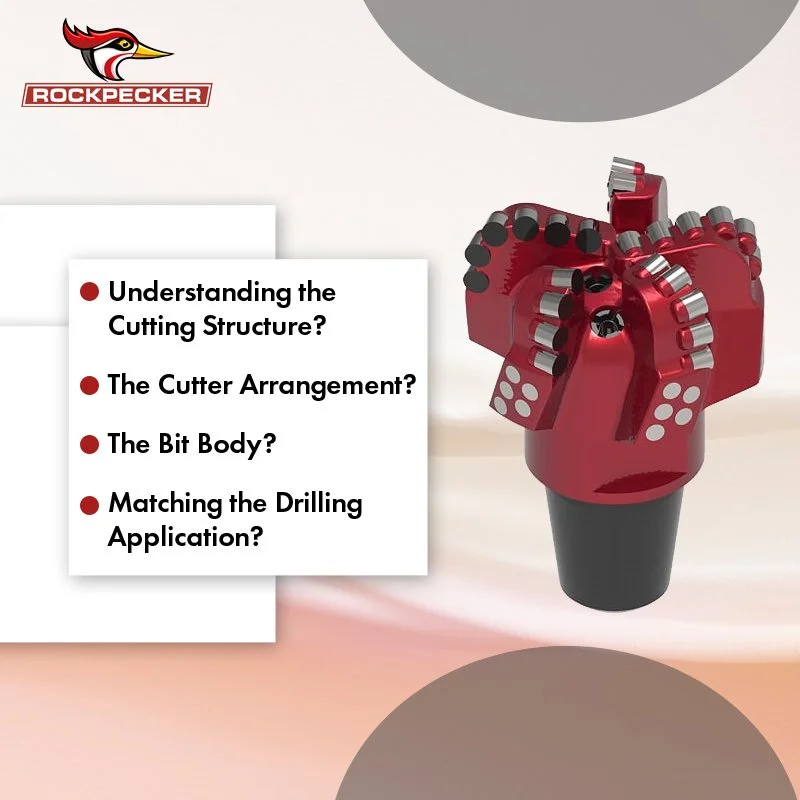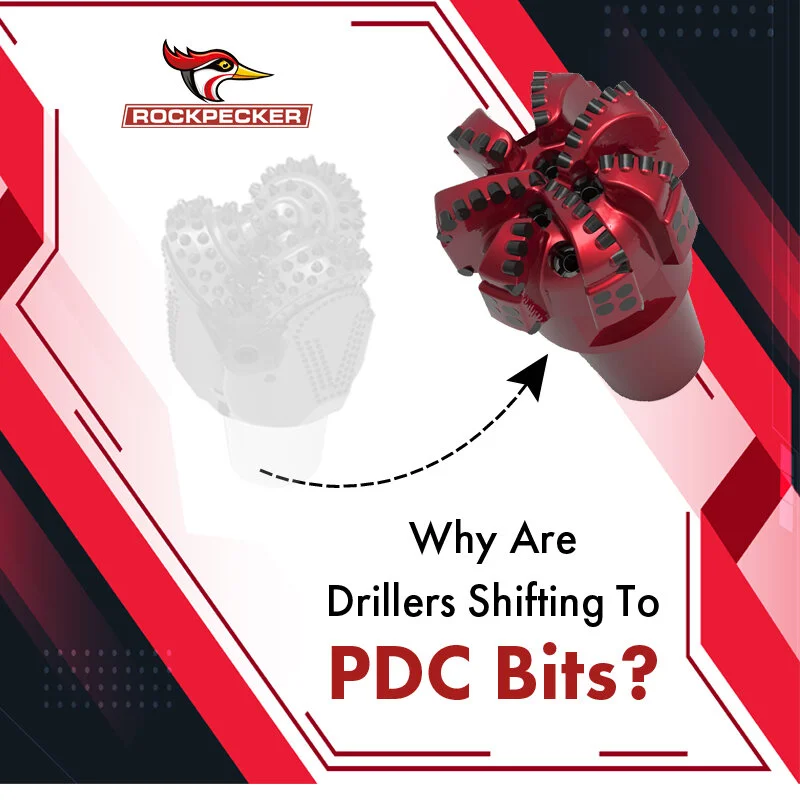PDC drill bits have been around for a while now, however, most professionals in the field are still unaware of some very interesting facts about this really useful tool. Let’s take a look!
1. PDC drill bits can be retrieved after drilling through rock by drilling with rock-specific fluids that dissolve the diamond crystals on the cutting face of the tool to expose fresh ones when they are worn out.
2. PDC drilling is advantageous in smaller diameters because it does not cause heat cracks in rock formations even at high rotational speeds. One of the main differences between drilling with PDCs and other drilling tools is that drilling fluid continuously flushes rock cuttings away from the bit by means of internal (and external) passages .
3. The major obstacle in drilling through harder rocks has also been overcome. Diamonds are compressed into small octahedral shapes which act like knives when they come into contact with the formation rather than chipping or shearing like drill bits made using bond materials do. The drilling fluid does not even need to be changed after drilling through these formations because little wear occurs on diamond bits.
4. The drilling fluid is being constantly mixed within the drilling assembly when drilling with PDCs. This is achieved by drilling with twin rotary shafts where each contains its own motor and gearbox to rotate independently of the other. When this occurs, rock fragments passing through small holes between adjacent teeth on both sets of gears get crushed by every tooth they pass through. The fact that rocks are broken down into very fine powder-like material allows for easier removal of debris during drilling , thus reducing wear on drill bits and prolonging tool life.
5. PDC drilling has also proven beneficial when drilling into extremely hard rocks which would normally destroy most drilling tools.








